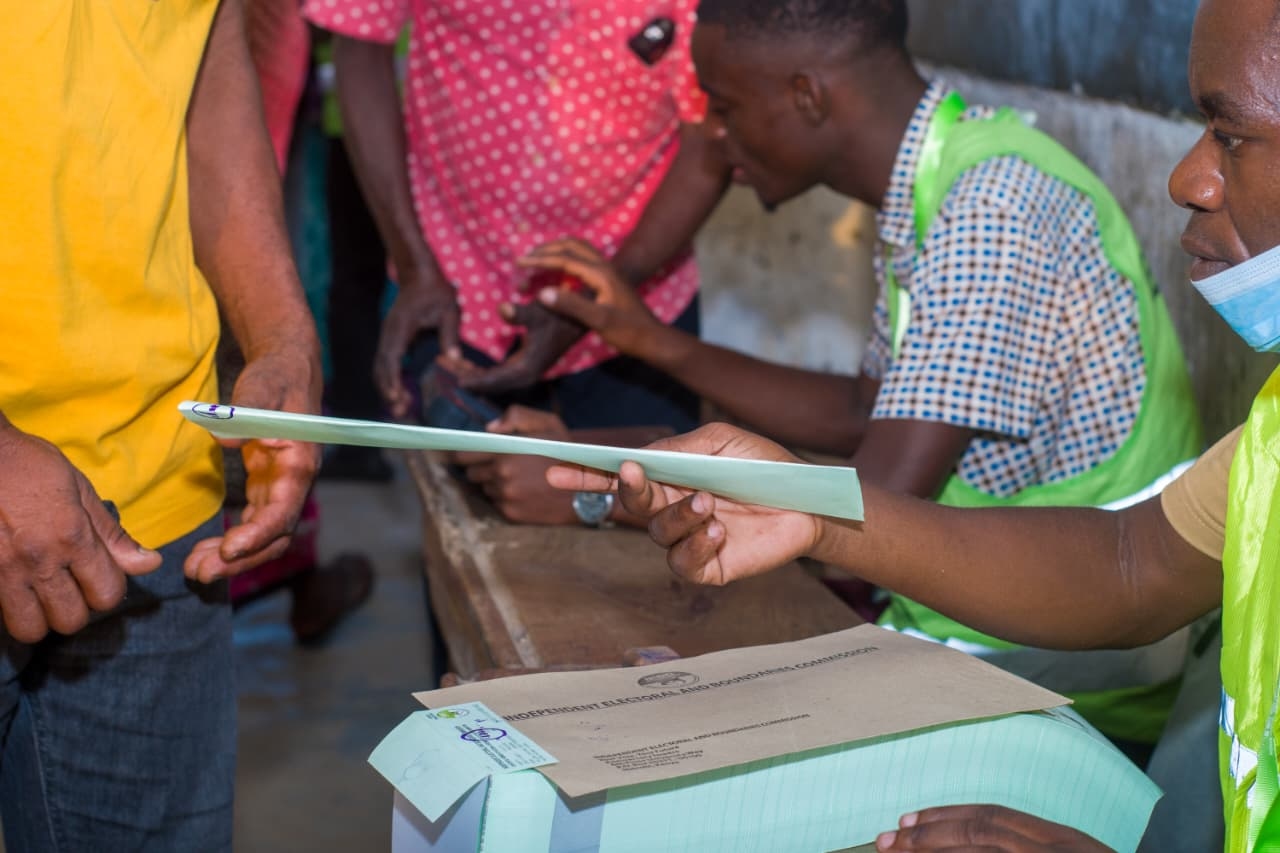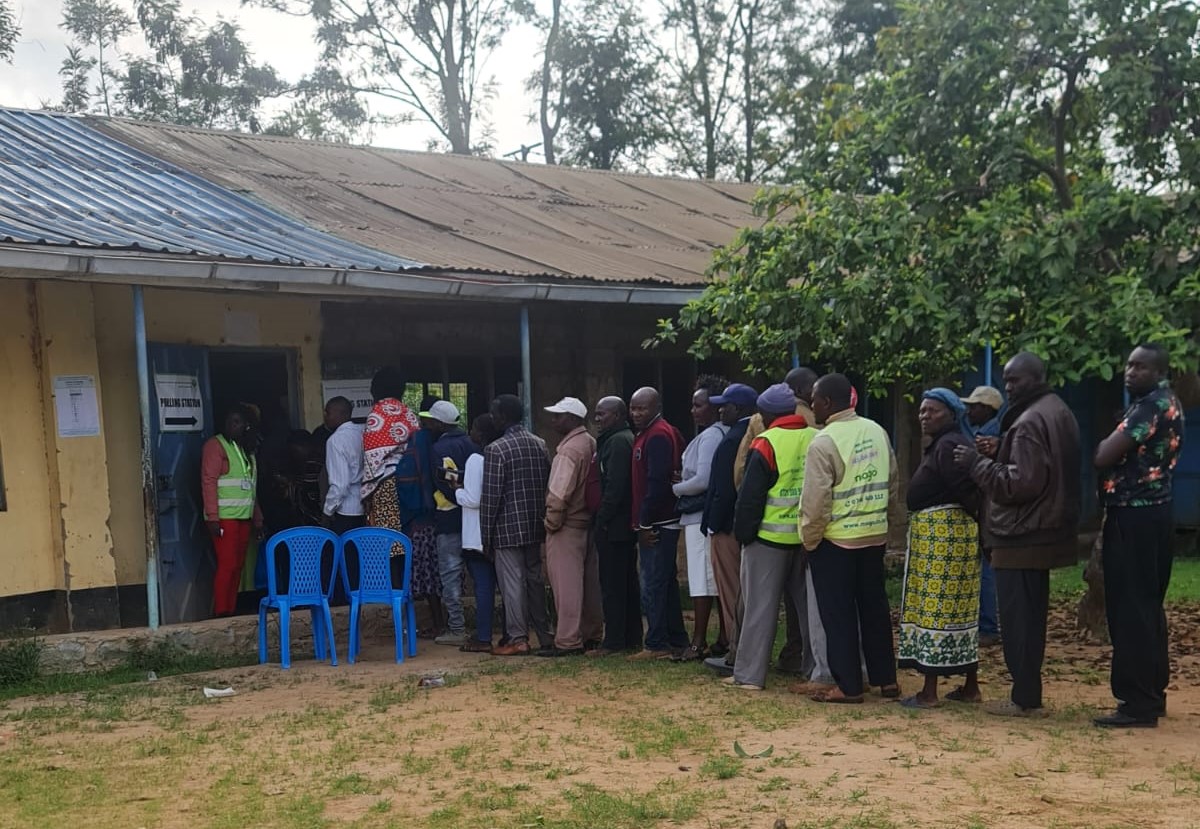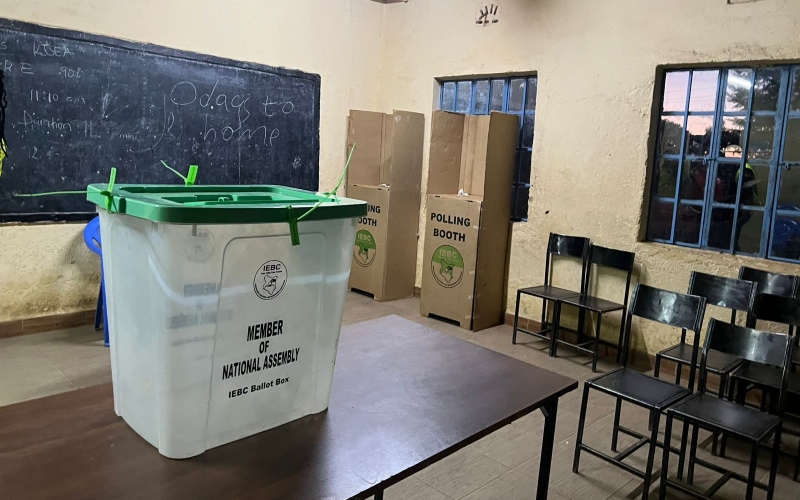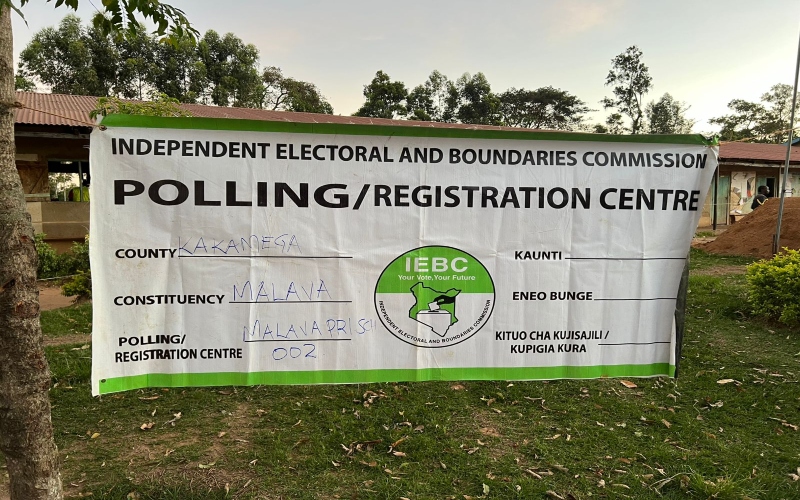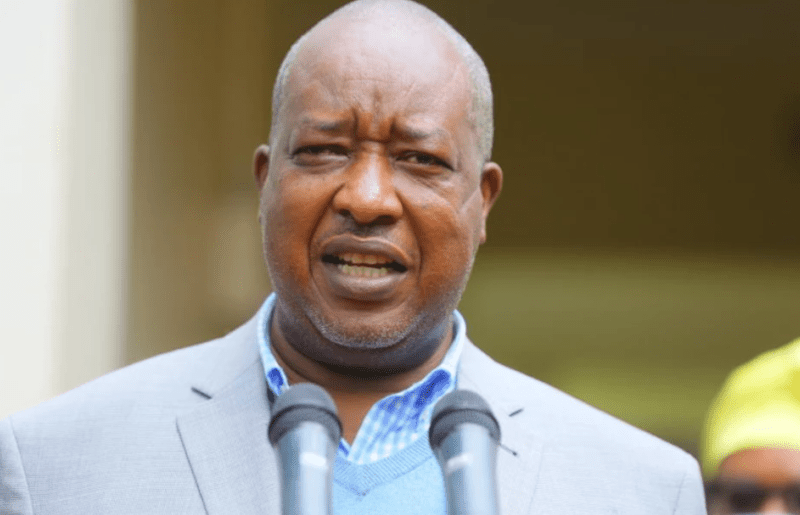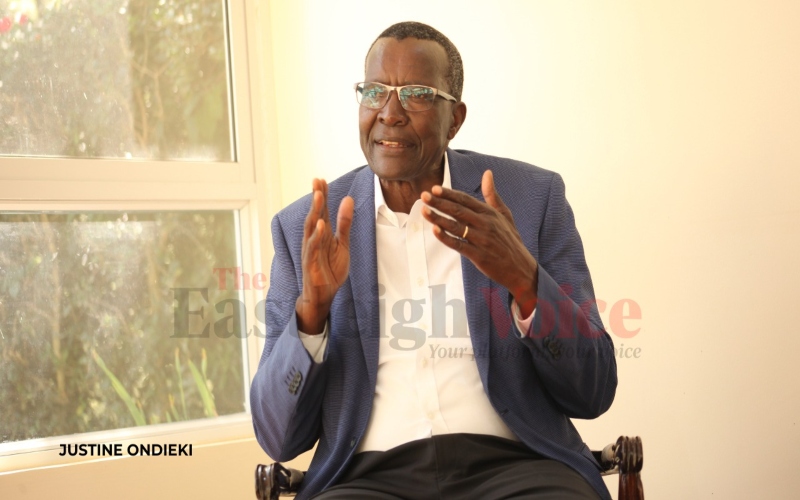Kenya's loan defaults hit 20-year high as economic woes deepen

According to the CBK, the ratio of non-performing loans (NPLs), those unpaid for over 90 days, rose to 17.6 per cent by June 2025, up from 17.4 per cent in April.
Kenyans are facing the worst loan default rates in two decades as tough economic conditions continue to weigh heavily on households and businesses, new data from the Central Bank of Kenya (CBK) reveals.
According to the CBK, the ratio of non-performing loans (NPLs), those unpaid for over 90 days, rose to 17.6 per cent by June 2025, up from 17.4 per cent in April.
More To Read
- Kenyans drop fridges, sofas and cars as loan collateral, turn to livestock
- Kenya leads in mobile money borrowing as Sub-Saharan Africa leans on informal loans - World Bank Report
- Kenya’s current account deficit surges to Sh66 billion - KNBS
- How Gen-Z protests forced National Treasury to cut Sh52 billion from budget
- Sh20 million blow: Kenya’s anti-doping war crippled after drastic budget cut
- Budget execution at risk as Treasury misses revenue target, funding delays persist
This marks the highest level recorded in 20 years and highlights growing financial stress among borrowers.
“The ratio of gross non-performing loans (NPLs) to gross loans stood at 17.6 per cent in April 2025 compared to 17.2 per cent in February. Increases in NPLs were noted in trade, personal and household, tourism and hotels, and building and construction,” said CBK Governor Kamau Thugge.
From a total loan book of Sh4.045 trillion issued by banks as of December 2024, the spike in NPLs suggests that more than Sh712 billion is now at risk of not being recovered.
The CBK links this surge to job losses, stagnant incomes, and the overall rise in the cost of living, which have made it difficult for borrowers to service their loans.
Personal and household loans, in particular, have become a major concern, with nearly 40 per cent of banks expecting defaults in this category to worsen.
Despite the growing defaults, the CBK insists the banking sector remains strong.
“Banks have continued to make adequate provisions for the NPLs,” Thugge said, noting the sector maintains sufficient liquidity and capital buffers.
Long-term data also reveals a worrying trend: the NPL ratio has more than doubled over the past decade, from 6.8 per cent in 2015 to 17.4 per cent in 2025, pointing to deeper economic and structural repayment challenges.
The CBK Credit Survey for the first quarter of 2025 identifies several high-risk sectors, including manufacturing, real estate, construction, and financial services. These join the already struggling personal loans segment, which is now a key source of concern for most banks.
While banks are stepping up recovery efforts, 33 per cent of the 39 institutions surveyed by CBK expect personal and household loan defaults to increase further between April and June 2025.
Still, the CBK notes a positive shift in private sector credit uptake following a steady reduction in lending rates since the start of the year. Commercial bank lending grew to 2.0 per cent in May, up from 0.4 per cent in April and a negative growth of -2.9 per cent in January.
“This reflects improved demand in line with the declining lending interest rates, and dissipation of exchange rate valuation effects on foreign currency-denominated loans following the appreciation of the Shilling,” the CBK stated.
Top Stories Today

